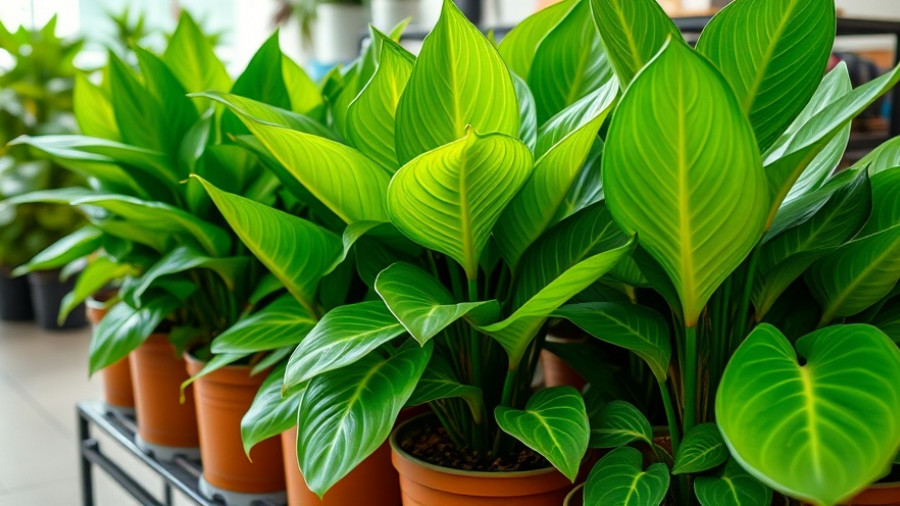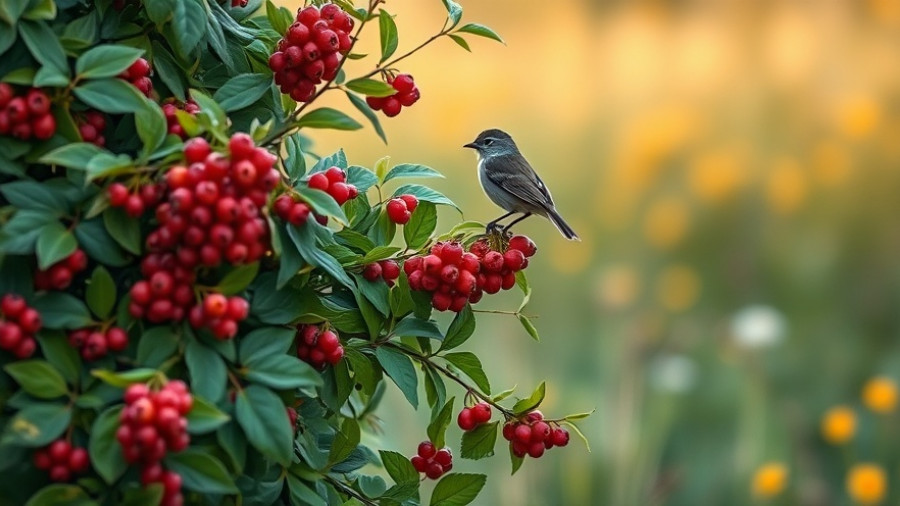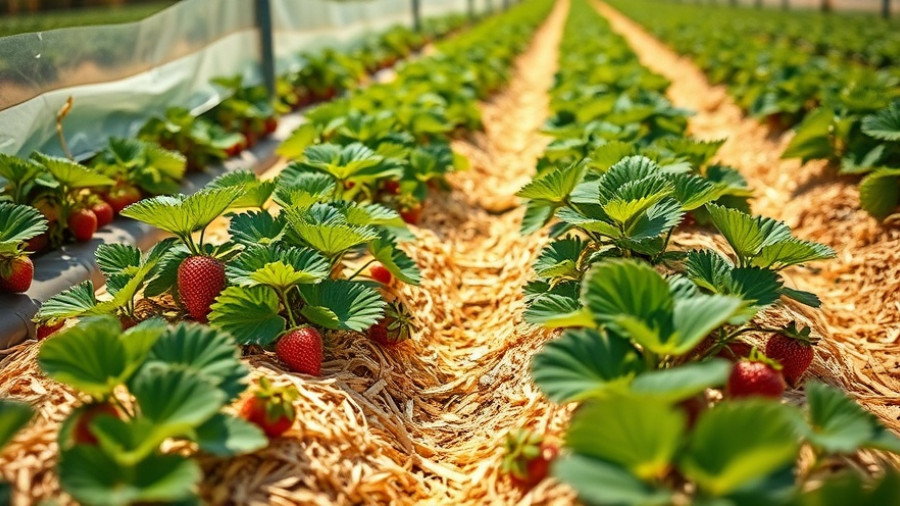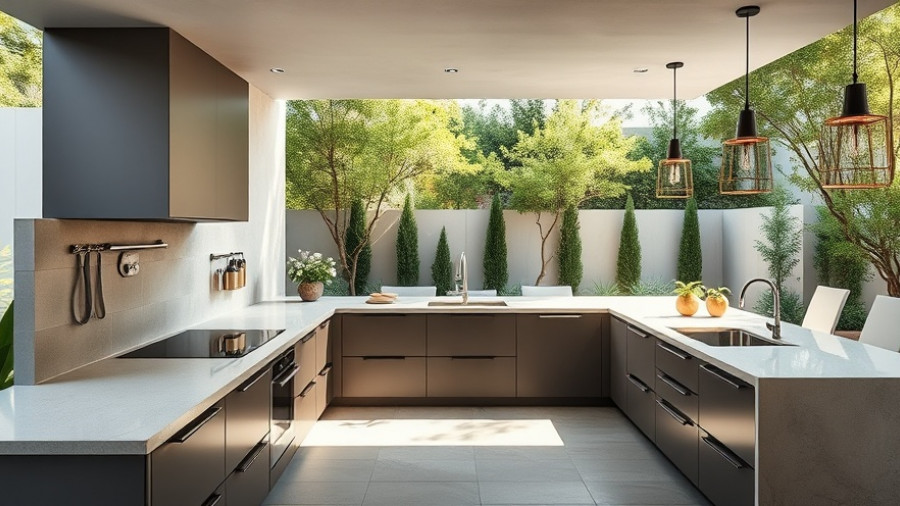
Unlock the Beauty of Alocasia: Essential Tips for Houseplant Enthusiasts
If you’re considering adding a touch of the tropics to your home, the Alocasia plant is a perfect choice. With its stunning heart-shaped leaves and elegant stature, it’s no wonder that these plants have secured their place among the favorites of houseplant lovers everywhere. Known for their unique appearance, Alocasia plants not only beautify spaces but also create a serene ambiance that echoes a tropical paradise. Let’s explore how to keep these exquisite houseplants thriving and make them a centerpiece of your decor.
Understanding the Alocasia’s Needs
Originating from the lush landscapes of tropical and subtropical regions, Alocasia plants thrive in humidity-rich environments. To mimic their native habitat indoors, it’s vital to provide:
- Indirect Light: Alocasia plants prefer bright, indirect sunlight over harsh exposure. Position them by east- or west-facing windows with sheer curtains to protect against direct rays. This will prevent leaf burn while providing the light they crave.
- Consistent Moisture: Unlike some houseplants, Alocasia enjoys a consistent level of moisture. However, overwatering can lead to root rot. Water when the top inches of soil feel dry, adjusting frequency based on the season and humidity levels in your home.
- Well-Draining Soil: Select a potting mix formulated for aroids. Incorporating materials like perlite or orchid bark can enhance drainage, ensuring the roots have access to the moisture they need without becoming waterlogged.
Choosing the Right Alocasia Variety
With nearly 100 different species, selecting the right variety can feel overwhelming. For indoor gardening, consider these popular choices:
- Alocasia Polly: Grows up to 3 feet tall, featuring distinctive ruffled leaves with white veins, perfect for a dramatic indoor statement.
- Black Velvet: A smaller choice, this plant showcases striking dark leaves with contrasting white veins.
- Amazonian Elephant Ear: Compact and easy to care for, it brings a lush look with minimal maintenance, making it an excellent pick for beginners.
The Ideal Environment: Temperature and Humidity
Alocasia thrives in warm temperatures (between 60°F and 85°F) and high humidity—adaptations from its tropical roots. To enhance humidity levels, placing a small humidifier nearby or using a pebble tray filled with water can be beneficial. This simple adjustment can revive drooping leaves and promote healthy growth.
Common Challenges and Solutions
Despite its beauty, Alocasia can be a bit temperamental. Here are some common issues and practical solutions:
- Yellowing Leaves: This often signals overwatering; adjust your watering schedule and ensure the drainage is adequate to keep soil moisture balanced.
- Leaf Drop: Sudden changes in light, humidity, or temperature can stress the plant. Maintain a consistent environment to keep your Alocasia happy.
- Pest Awareness: Though Alocasia is not often troubled by diseases, watch for spider mites and treat them with a gentle soap solution or neem oil.
Enhance Your Houseplant Lifestyle
Caring for Alocasia is not just about maintenance; it’s about creating a lush, inviting atmosphere in your living space. Pairing your Alocasia with other humidity-loving plants, such as pothos or ferns, creates a vibrant plant community. Using stylish pots or hanging displays can also transform your home decor while showcasing the beauty of your greenery.
Conclusion: Elevate Your Indoor Space
By following these tips, you can embrace the beauty of Alocasia in your home effectively. Not only does it add aesthetic appeal, but it also contributes to the overall ambiance—transporting you to a serene countryside or tropical retreat right in your living room. Embrace the opportunity to bring nature indoors!
Ready to embark on your plant journey? Explore eco-friendly yard-care solutions and design stunning outdoor living spaces that include your new Alocasia creations! Whether it’s integrating vibrant container gardening ideas or considering landscaping enhancements, the possibilities are widespread!
 Add Row
Add Row  Add
Add 




Write A Comment